Microsoft co-founder Bill Gates says artificial intelligence chatbots could teach children to read in 18 months instead of years.
Illustration: Getty Images
Now, artificial intelligence (AI) is starting to prove that it can speed up the transfer of knowledge to students and help address the severe teacher shortage in the world today.
AI is already causing a stir in theeducation industry. And Microsoft co-founder Bill Gates has said that AI-powered chatbots could teach children to read in 18 months instead of years. Given that younger generations are surrounded by digital tools, experts believe it’s only a matter of time before AI-powered classrooms become a reality.
Sarah Guo, founder and managing partner at early-stage venture capital firm Conviction, commented that while there are risks to incorporating AI tools into the classroom — such as increased student cheating and impact on teachers’ jobs — that is a valid, but narrow, view.
The broader implications of AI, she argues, are that it will dramatically improve the efficiency of education, dramatically reduce costs, make education more equitable, give people global opportunities, and increase productivity and knowledge.
Defining the roles of AI and teachers
AI, specifically chatbots powered by programming language models — can help students, from elementary education to certificate programs — learn for themselves through vast resources, and guide them in specific learning styles.
Many students are not getting personalized learning experiences that fit their individual needs because schools don’t have enough teachers to support them. Current teachers are often overworked and don’t have enough time to address the needs of individual students, says Danny King, CEO and co-founder of Acredible, a training software company.
And AI can fill this gap, by replacing teachers in routine, repetitive lessons, such as having children copy textbooks while teachers write terms on the board. And instead, teachers will focus on what has a real impact on each student.
According to Mr. King, there are many ways of teaching that rely on rote memorization that need to be abandoned and entrusted to technology. He added that with the development of AI, teachers can transform from being “generalists” to “experts” to focus on helping students with specific problems.
If students interact with material primarily through AI-assisted methods, teachers can oversee multiple classes at once. Because students won’t need a teacher standing in front of them all the time. “Teachers don’t need to be the ones dispensing knowledge, because AI can automate that,” he added.
An alternative to expensive tutoring
With chatbots and AI-powered programs, teaching will not only be personalized to the needs of the student, but this information can provide teachers with more data about their students and prepare lessons quickly.
Sarah Guo agrees that teaching in class is time-consuming. Teachers need to prepare answers to students’ questions, give specific feedback on why they got it wrong, and how to improve. With AI, teachers can prepare different types of teaching materials and create quizzes in minutes.
AI can also help teachers leverage existing knowledge and content so they can reuse it and significantly reduce their workload, Guo said.
Additionally, a teacher can provide focused, effective help to students who need it, because AI will tell educators which subjects or topics students need help with the most.
The vast capabilities of AI will become an alternative to expensive private tutoring.
Source


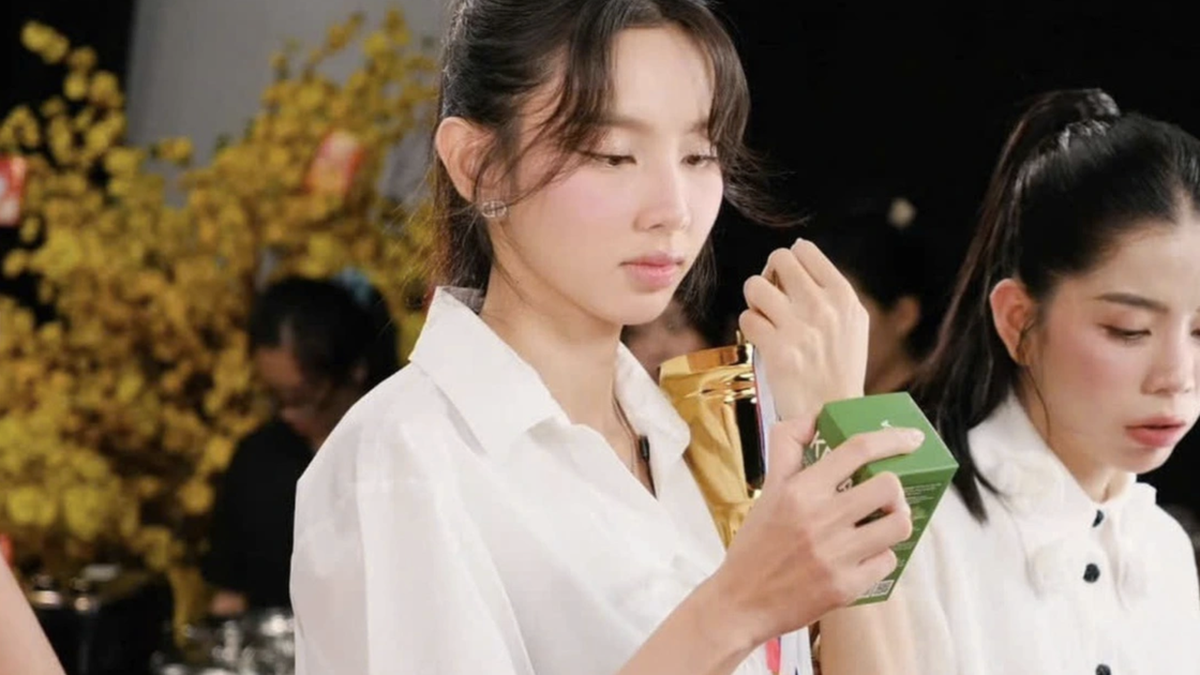
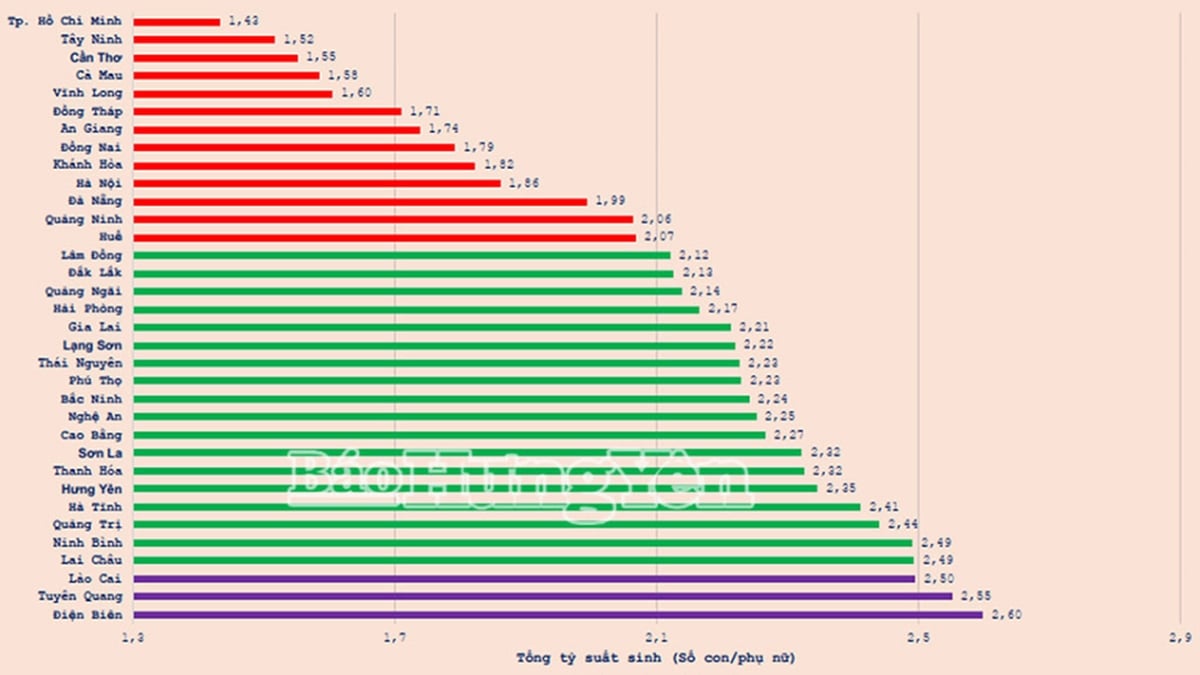

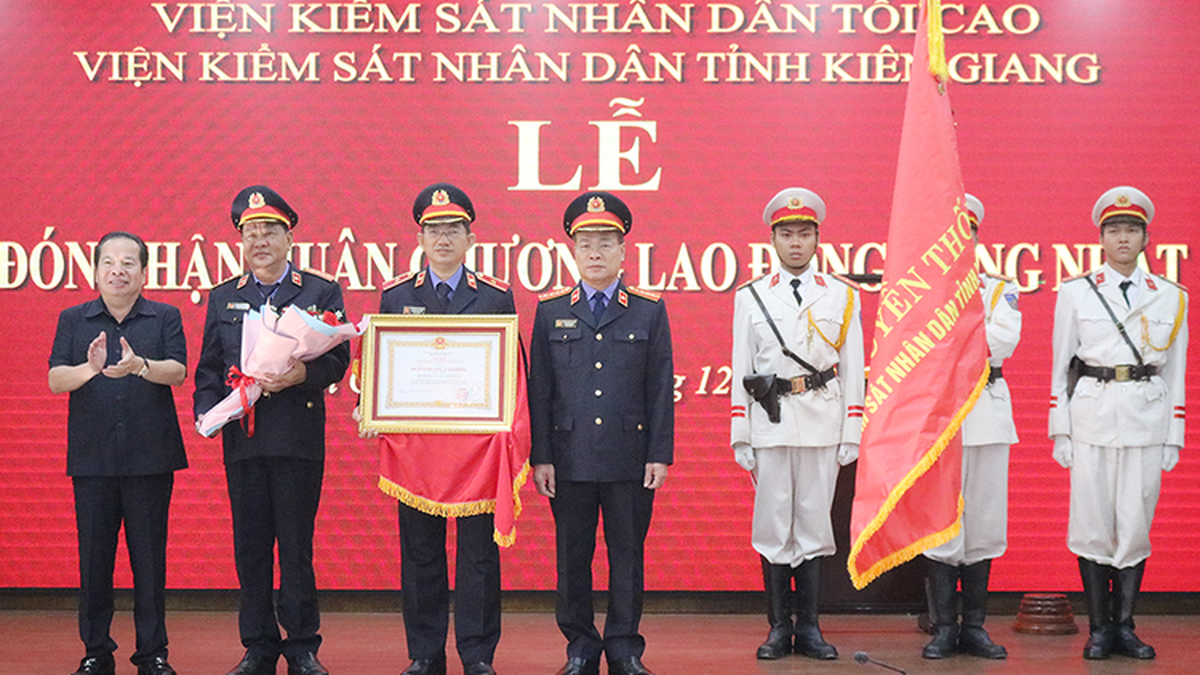












































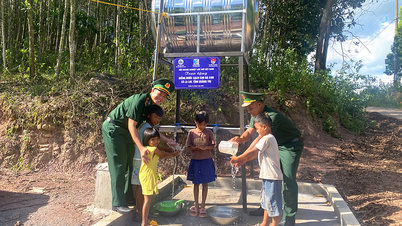











![[Maritime News] More than 80% of global container shipping capacity is in the hands of MSC and major shipping alliances](https://vphoto.vietnam.vn/thumb/402x226/vietnam/resource/IMAGE/2025/7/16/6b4d586c984b4cbf8c5680352b9eaeb0)



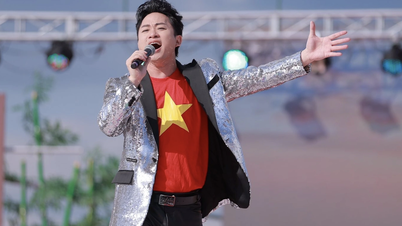



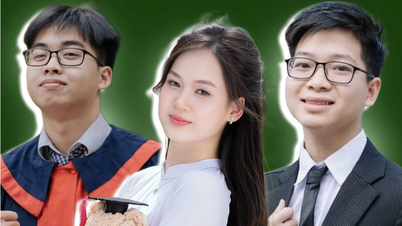






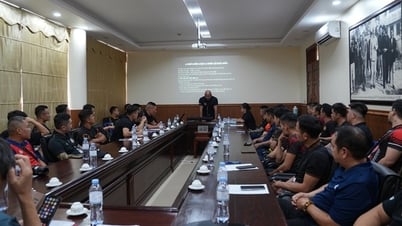




















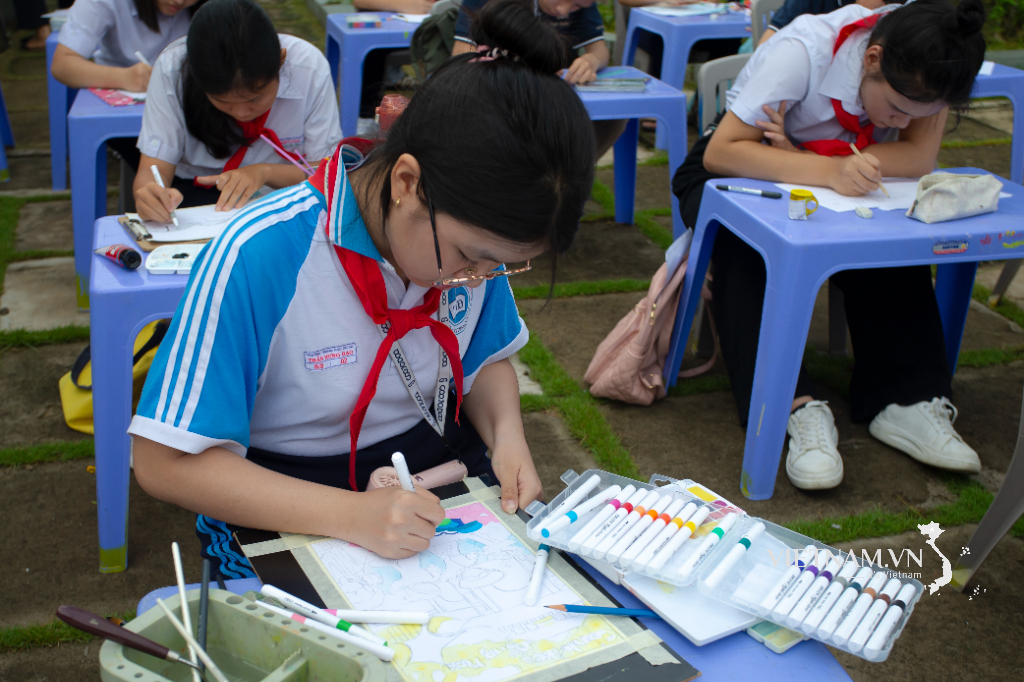


Comment (0)